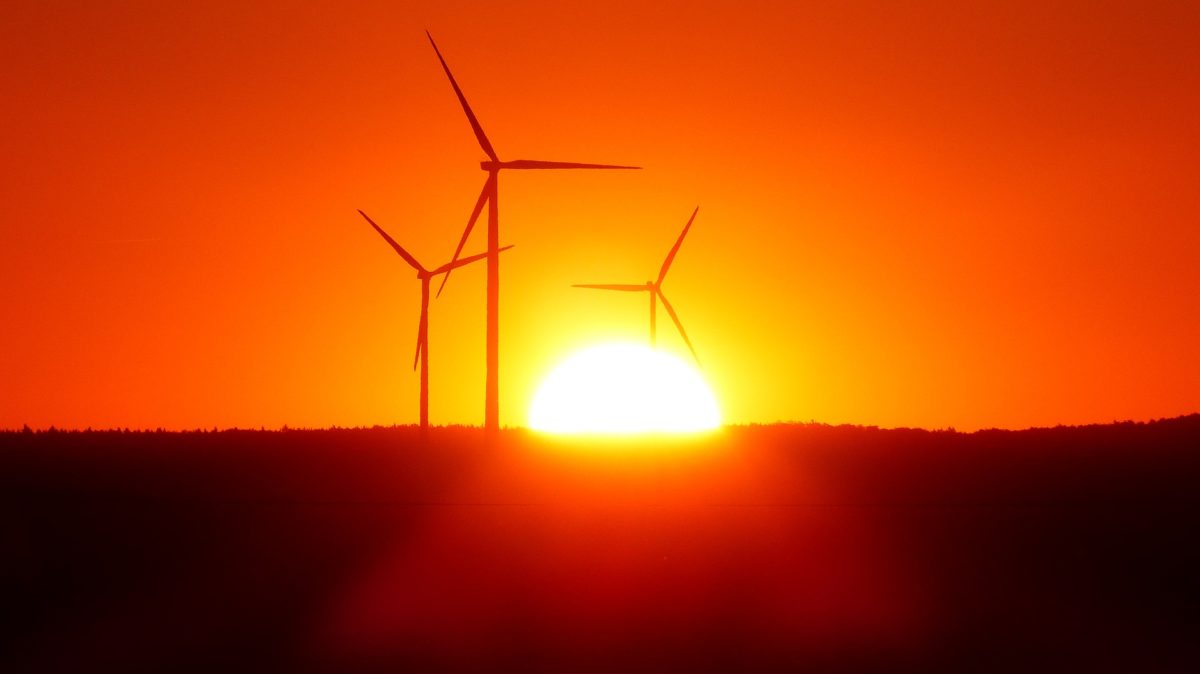As variable renewable energy sources, primarily solar and wind, come to represent a larger portion of the world’s energy mix, balancing their inherent intermittency with the need for a constant and reliable energy supply becomes more of a challenge.
And with many regions setting high targets for renewable energy deployment by 2030, the coming decade will start to bring these challenges into focus. Energy storage technologies will of course be key here, but another strategy that’s gaining ground involves designing hybrid systems based on two more generation sources, and taking advantage of their different variability profiles to boost the level of power available to the grid at a given time.
A group of scientists led by Sweden’s Mälardalen University dived into recent research into this topic, bringing together a series of conclusions that highlight recent developments and suggest research priorities to keep hybrid renewables systems moving forward, noting the clear potential of the hybrid approach with studies that have shown wind and solar hybrid systems can reduce the need for storage by 50% compared to either technology operating alone. These conclusions are published in the paper A review on the complementarity of renewable energy sources: Concept, metrics, application and future research directions, in the journal Solar Energy.
Popular content
Hybrid potential
The authors also reference multiple studies that demonstrated how multiple generation sources can smooth energy fluctuations on wider grids, and suggest that hybrid approaches can also have a positive effect beyond electricity grids in the wider water-energy-food nexus, particularly in cases involving hydropower. “A good case is a power system dominated by hydropower, where the reservoirs are often used for energy generation as well as irrigation purposes (food-energy nexus),” the researchers state. “In such cases, the hydropower generation can be reduced during dry periods by utilizing photovoltaics or wind power.”
The group notes that a range of economic obstacles also stands in the way of further hybrid systems development, and notes Germany’s market premium scheme as a good example of supportive policy. On the research side, a better understanding of the complementarity between different sources is needed, based on field data and modeling that takes into account expected changes to regional climates, more sources of generation, particularly for regions such as Africa and Asia, where little research has so far been carried out. And also key to further development will the creation of a consistent methodology, allowing better comparison between studies and systems.
This content is protected by copyright and may not be reused. If you want to cooperate with us and would like to reuse some of our content, please contact: editors@pv-magazine.com.



1 comment
By submitting this form you agree to pv magazine using your data for the purposes of publishing your comment.
Your personal data will only be disclosed or otherwise transmitted to third parties for the purposes of spam filtering or if this is necessary for technical maintenance of the website. Any other transfer to third parties will not take place unless this is justified on the basis of applicable data protection regulations or if pv magazine is legally obliged to do so.
You may revoke this consent at any time with effect for the future, in which case your personal data will be deleted immediately. Otherwise, your data will be deleted if pv magazine has processed your request or the purpose of data storage is fulfilled.
Further information on data privacy can be found in our Data Protection Policy.